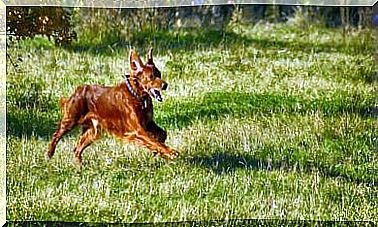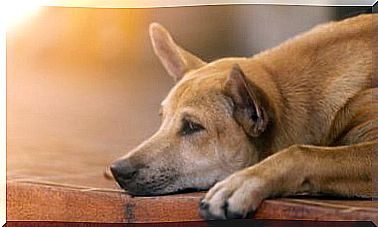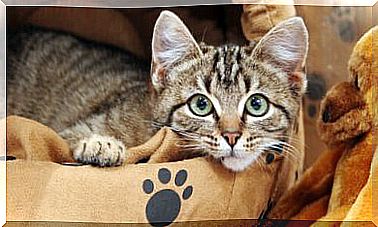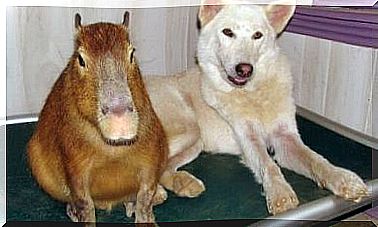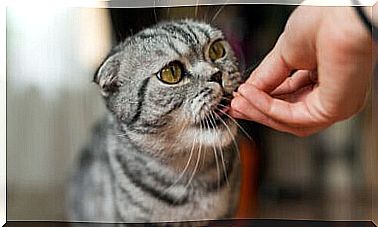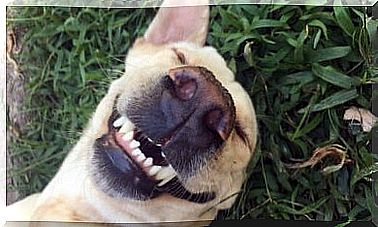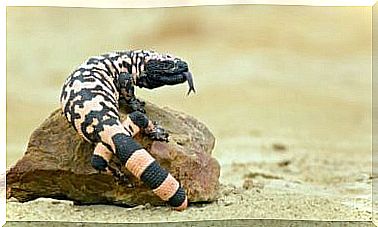What Is The Correct Diet For The Cat?
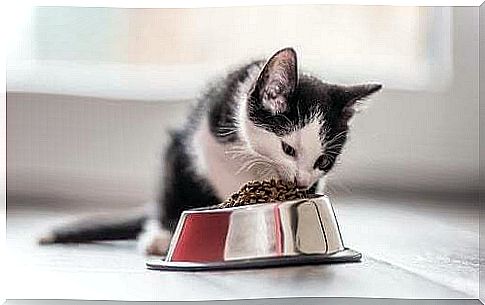
The correct diet for your cat can be a challenge. Anyone who has a feline at home knows that the only way to live in harmony is to understand their needs. This also affects the diet, so you need to know your pet’s nutritional needs well. What is the correct diet for cats?
Where do cats’ special nutritional needs come from?
We all know that the domestic cat’s wild ancestors were carnivores, who hunted and consumed their prey. Therefore, consuming a diet composed of animal tissue during evolution led to the reduction and modification of some digestive enzymes.
What is the right diet for your cat?
Currently there is a lack of precise information on the nutritional profile of cats, due to the physiological and metabolic adaptations made by the domestic cat.
Among the information available regarding the daily energy intake in a wild cat’s natural diet, we know that about 52% are crude proteins, 46% fats and only 2% nitrogen-free extract (ELN). . This ELN is the fraction that contains carbohydrates such as sugars and starches.
1. The correct diet for the cat includes a lot of proteins
Studies have shown that the main components of the gastric content of wild cats are mammals (78%, mainly rodents and rabbits), followed by birds (16%), reptiles and amphibians (3.7%) and invertebrates (1.2 %).
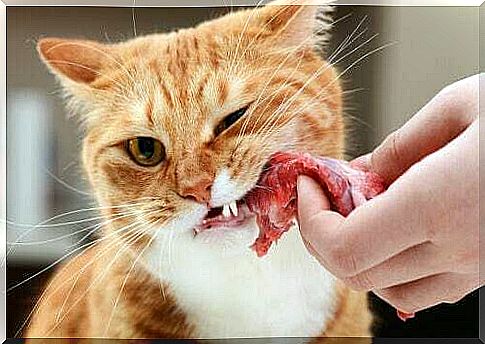
Cats are carnivores, so they need meat to survive. They are “designed” to hunt and need taurine, arginine, arachidonic acid, fatty acids and vitamins that are only found in sufficient quantities and in an adequate form in meat.
The high protein requirement explains why cats have a limited ability to reduce enzymatic activity to digest proteins.
Other carnivorous animals, including fish and birds, have also developed the same types of adaptations in metabolizing proteins. This fact is indicative of an advantage for carnivorous species in general.
2. Why do cats need taurine?
Although many animals are able to synthesize taurine, endogenous synthesis does not occur adequately in the cat. This is because the synthesis pathway has very low activity in their bodies.
Therefore, taurine is an essential dietary nutrient for cats. It should be noted that cats and dogs use taurine almost exclusively as a source of bile acid conjugation. For this reason, taurine is the key to the absorption of dietary fats and fat-soluble vitamins.
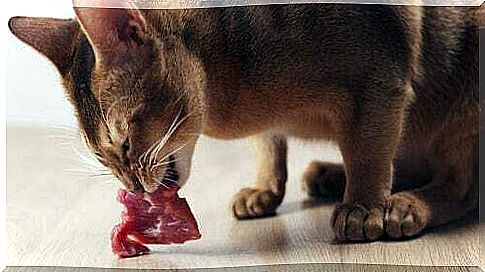
In addition, taurine helps neurological development and regulates the level of water and minerals in the blood. A diet deficient in taurine causes a degeneration of photoreceptors in cats, the cellular components in the retina that recognize and react to light.
Finally, taurine deficiency is also associated with reproductive failure and developmental or heart problems, including fetal cardiomyopathy.
It is important to note that taurine is not found in vegetables. The rich sources of taurine are meat and blood, as it is the second most abundant amino acid in muscle tissue and platelets.
3. Why do cats not digest carbohydrates?
Carbohydrates are metabolized by the action of the enzyme amylase. Cats show different types of adaptation in metabolizing starch and glucose. This includes the lack of salivary amylase activity and very low activity of pancreatic and intestinal amylases.
They also show low levels of other enzymes necessary for the metabolism of simple sugars. Also, cats are unable to break down sugar because the receptor involved, called Tas1R2, doesn’t work in their species.
The animal tissue that makes up the carnivore diet contains small amounts of glucose, glycogen, glycoproteins, glycolipids and pentose, but does not contain starch.
However, when prey is consumed, the bowels may contain starch. These small sources of carbohydrates may be the reason cats have retained a limited ability to digest starch.
4. What are the advantages of eating whole prey?
Consumption of whole prey provides a relatively high intake of fermented substances. This is the case with the components of cartilage, collagen and glycosaminoglycans.
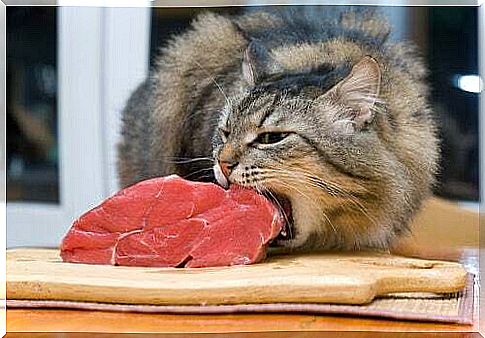
Digesting these components can improve gut health by stimulating the growth of a different subset of “good microbes”, which balances the microbiome. Consequently, proper nutrition in cats results in optimal immune function.
In summary, to understand the correct diet for your cat, it is necessary to take into account a proportion of 52% of proteins (preferably raw), 46% of fats and only 2% of carbohydrates.
Although the understanding of carbohydrate metabolism in cats is still incomplete, it is clear that cats have a limited ability to digest carbohydrates.
